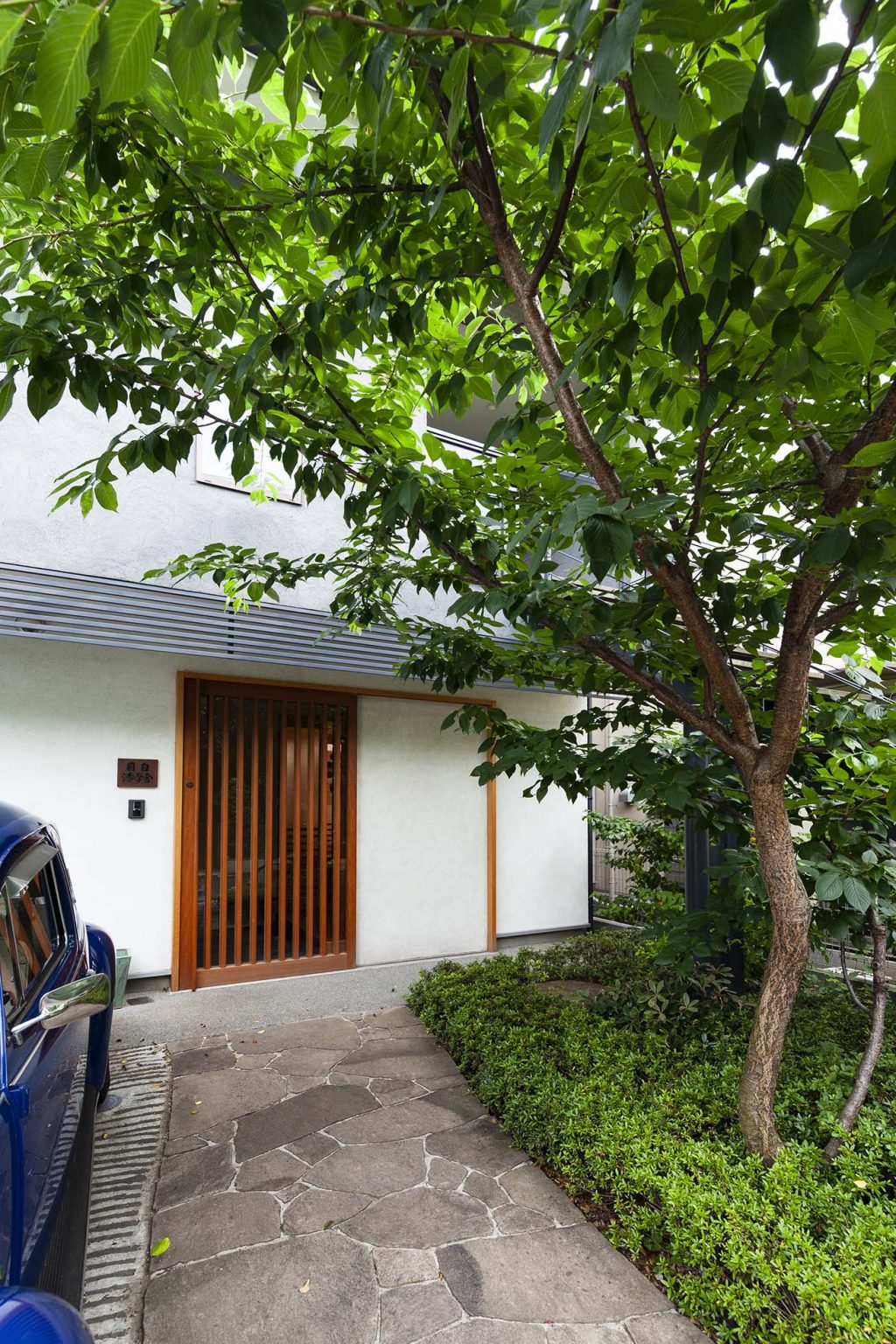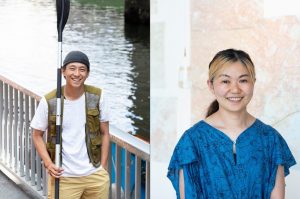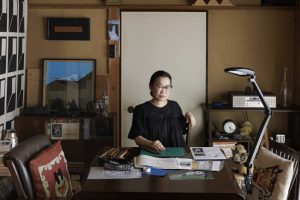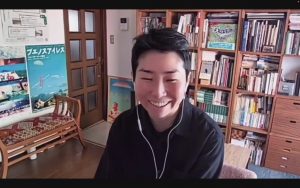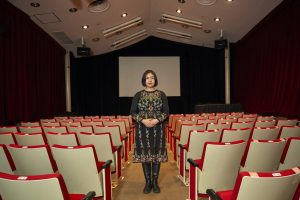Mejiro Urushi Gakusha is located in Mejiro, Tokyo. Tomoya Murose is the director of the school's parent organization, Mejiro Institute of Urushi Conservation. He is also the son of Living National Treasure Kazumi Murose and is himself a lacquerware artist.
“Lacquer has been used for thousands of years in a wide range of areas, from everyday objects to historical architectures. There are many aspects about it, however, that we still do not understand,” says Murose.
“To become a professional lacquer artist, getting trained at an art college or vocational school is not enough, but there are very few apprenticeship opportunities available. I'd always wanted to create a place for learning lacquer art.”
The school also invites researchers and technical experts on various materials to speak at study groups held once a month or two. The school has about three staff members in their 20s and 30s who work and study here with the goal of becoming independent lacquer artists.
Mejiro Urushi Gakusha
Gathering at a School House
Artists’ Survival Methods
No.006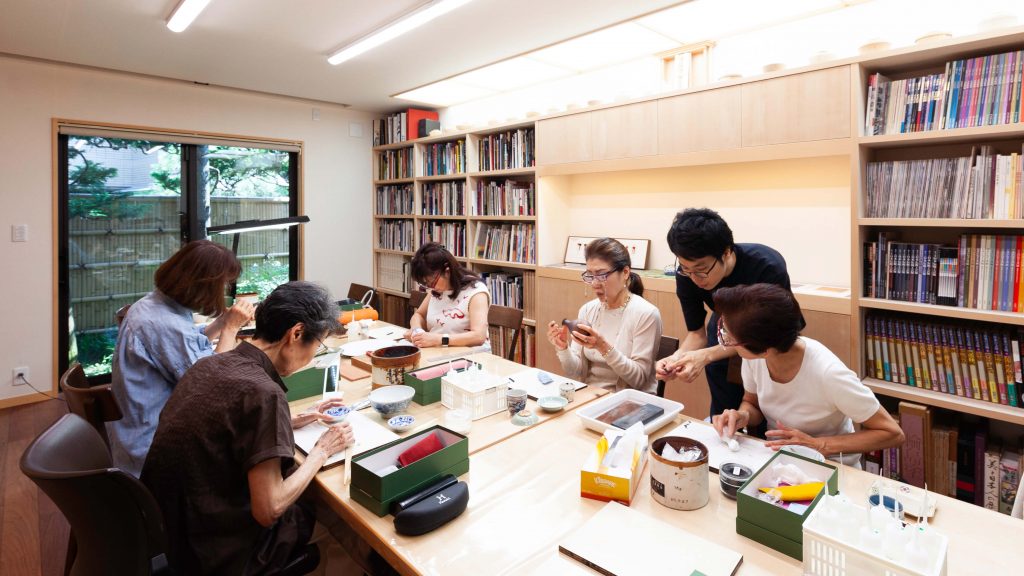
Lacquerware making is a skill that requires an extraordinary amount of time to master. Mejiro Urushi Gakusha (“Mejiro lacquer school”) is where many young aspiring professional lacquerware artists begin on a path of honing their skills and deepening their knowledge.
Japanese history of lacquerware dates back to the Jōmon Period
A world with skills of great depth
Hidetoshi Yoshida is a young lacquer artist who set his site on this path at age 24. After training at the Ishikawa Prefectural Wajima Institute of Lacquer Arts, he went on to make mass-produced products in Wajima. But wanting to undertake the entire process from planning to production, he entered the Mejiro Urushi Gakusha. He currently works as a Kazumi Murose's assistant and teaches trial classes.
“Lacquerware making is so profound that there is not enough time in one's lifetime to get to the bottom of it. This is a stimulating place because people who want to learn about lacquer come here. I am able to consult my seniors on a daily basis and assist Mr. Murose in his work, and in doing so, I can acquire all kind of skills. The study groups allow us to hear talks by those who work at the forefront of their respective fields.”
Mejiro Urushi Gakusha provides many opportunities for young craftsman to train and learn. Expectations mount as Yoshida goes forward with his future endeavors.
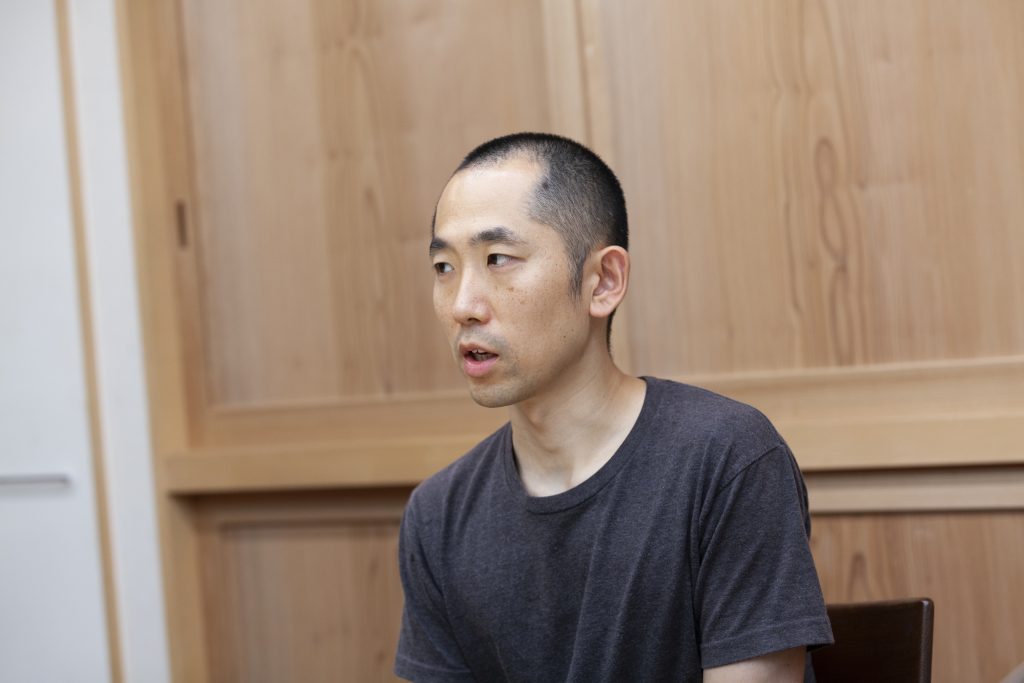

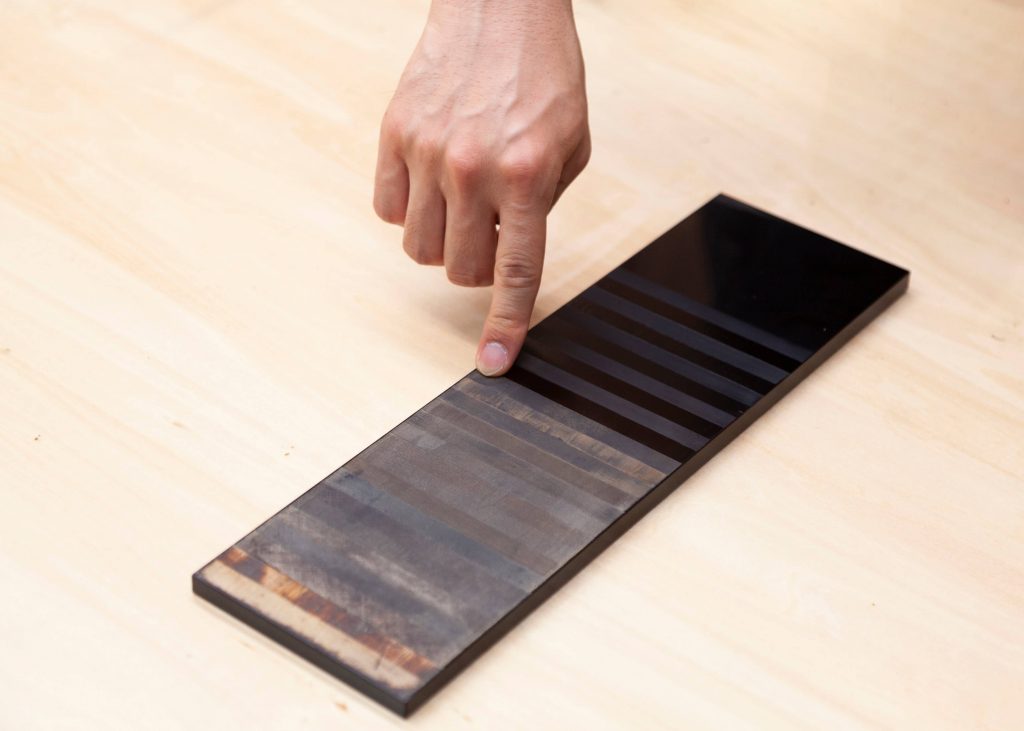
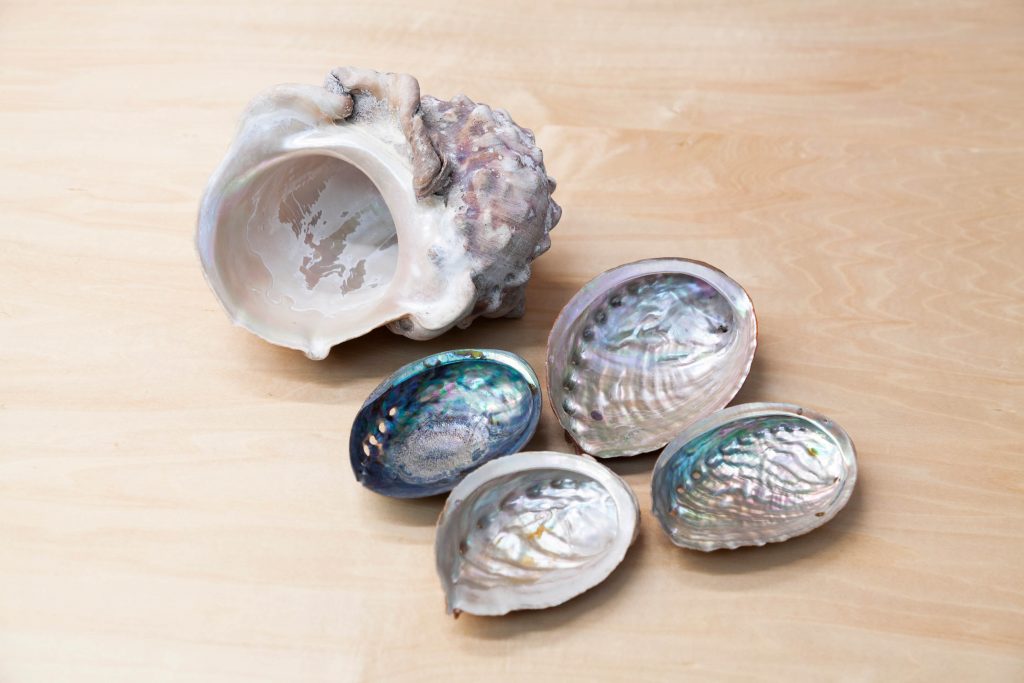
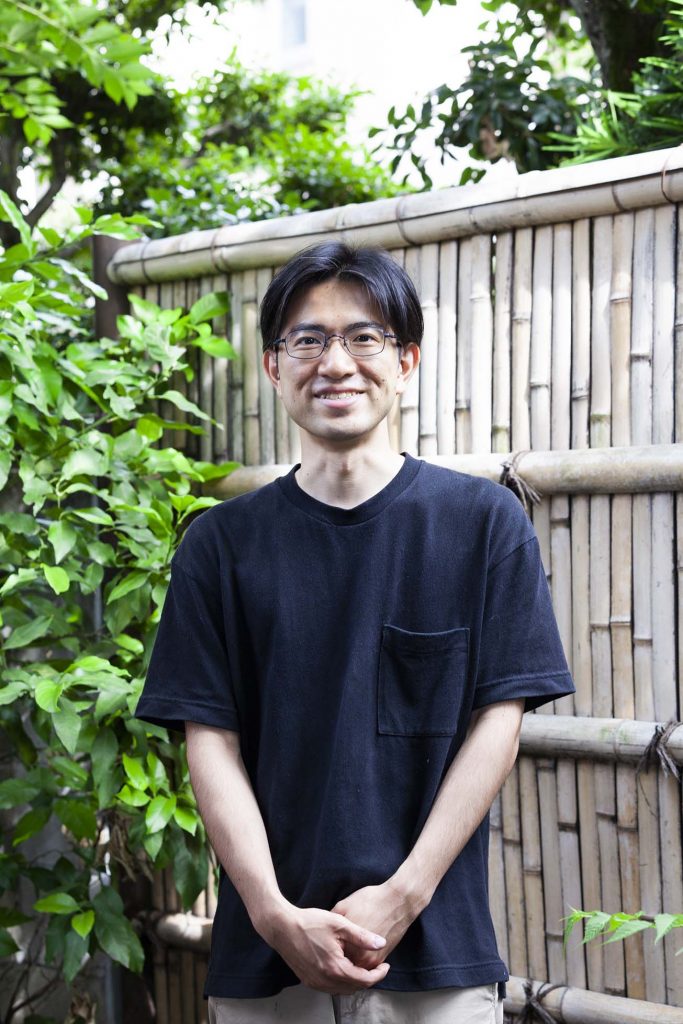
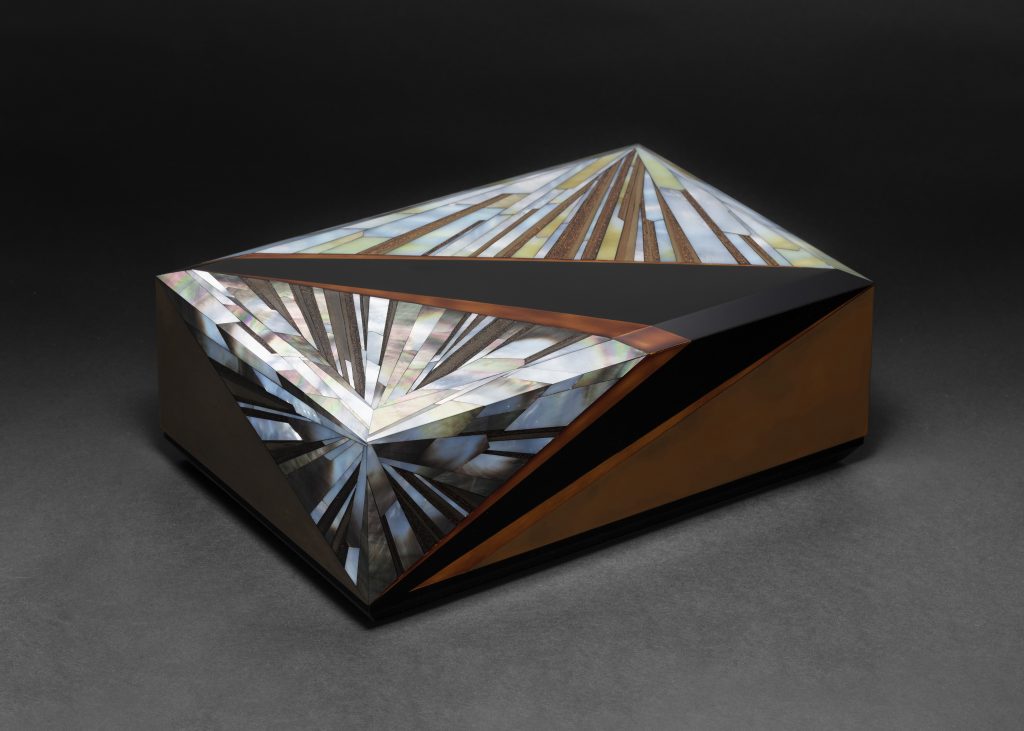
17.2 × 25.2 × 9.1cm (D×W×H)
Original Text: Emi Sato
Photo: Shu Nakagawa (excluding *)
Mejiro Urushi Gakusha
Address: 4-22-11 Shimoochiai, Shinjuku-ku, Tokyo
[Inquiries]
Mejiro Institute of Urushi Conservation
TEL: 03-3954-1815
E-mail: info@urushigakusha.jp
http://www.urushigakusha.jp/
